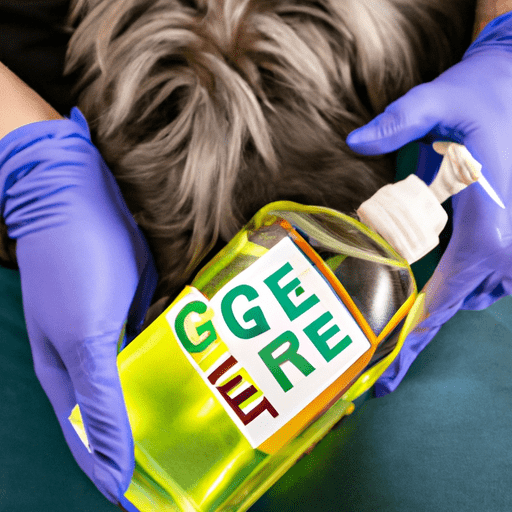Understanding Your Dog’s Anal Glands
First of all, let’s dive into what the anal glands are and why it’s important to keep them clean. These two small, grape-shaped glands are located just below your dog’s anus. They produce a pungent fluid that your furry friend uses to mark its territory.
Here’s a simple table to understand the anatomy of your dog’s rear end:
| Part | Location | Function |
|---|---|---|
| Anal Glands | Below the anus | Produce a scent for territorial marking |
| Anus | End of the digestive tract | Excretes waste |
In some cases, these glands can become impacted or infected, causing discomfort and potential health issues. This is where your role as a caregiver comes in.
Identifying the Need for Anal Gland Cleaning
You might be wondering, “How do I know if my dog’s anal glands need cleaning?” Trust me, you’ll know! Look out for these signs:
- Your dog is scooting its bottom on the floor.
- Persistent licking or chewing at the base of the tail.
- Swelling or redness around the anus.
- A foul smell coming from your dog’s rear end.
Preparing for the Cleaning Process
Before you jump into this, remember that it’s a delicate process and requires gentle handling. Here’s what you’ll need:
- Disposable gloves
- Warm water
- A soft cloth
- Dog-friendly antiseptic solution
- Lots of patience
The Cleaning Process
Here we go. Follow these steps carefully:
- Put on your gloves. This is not the most pleasant task, and you’ll definitely want to protect your hands.
- Position your dog. It’s best if your dog is standing. You might need someone to help hold your pooch steady.
- Locate the glands. They are situated at about 4 and 8 o’clock positions relative to your dog’s anus.
- Apply gentle pressure. Start from the bottom of the gland, moving upward. If the gland is full, you should feel a thick liquid being released.
- Clean the area. Use a warm, damp cloth to clean the area around the anus. Then, apply a dog-friendly antiseptic solution to prevent infection.
Post-Cleaning Care and Prevention
After the cleaning, your dog might feel a bit uncomfortable. Give them their favorite treat and lots of cuddles to help them relax.
To prevent future issues, add more fiber to your dog’s diet. This can help naturally express the glands during defecation. Regular exercise also helps in maintaining overall health.
FAQs
Q: How often should I clean my dog’s anal glands?
A: It depends on your dog. Some may need monthly cleanings, others may never need it. Consult your vet for the best advice.
Q: Can I hurt my dog by cleaning their anal glands incorrectly?
A: Yes, if done incorrectly, it can cause harm. If you’re unsure, it’s best to have a professional do it.
Q: What if my dog’s anal glands are infected?
A: If you suspect an infection, take your dog to the vet immediately. Infections can lead to more serious health problems if left untreated.
Remember, as a caregiver, your dog’s health and comfort are in your hands. Pay attention to their behavior and needs, and you’ll both sail through this “behind-the-scenes” task with ease.



